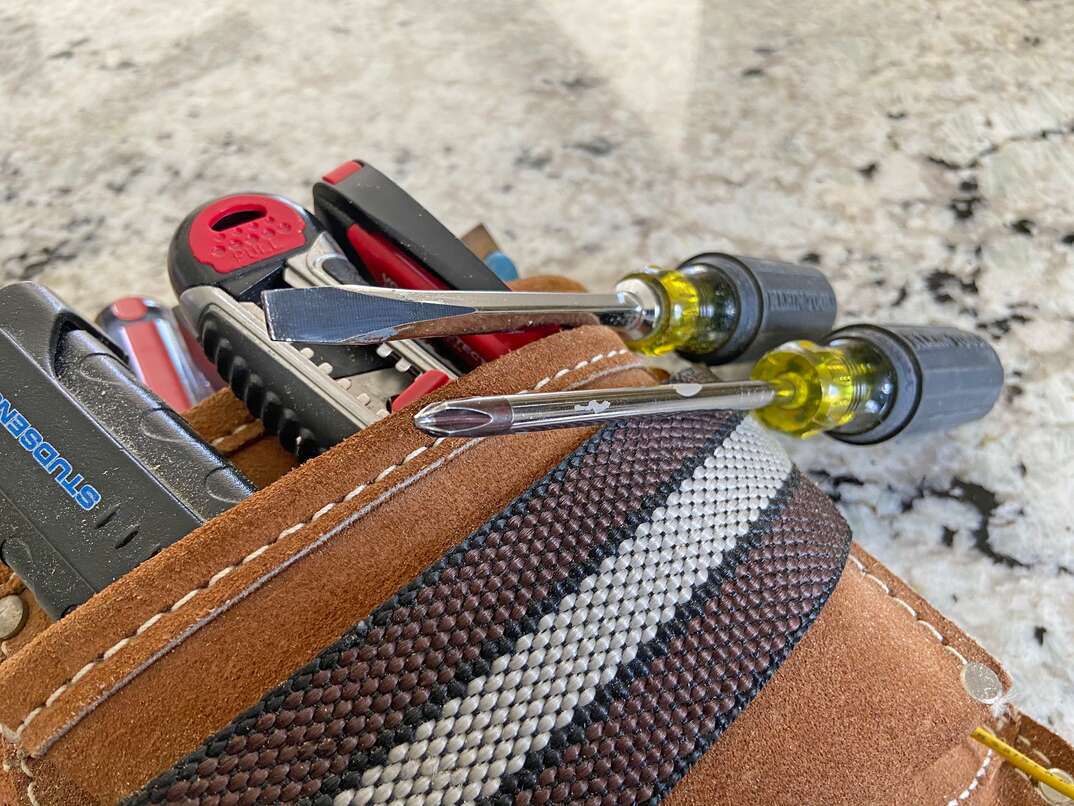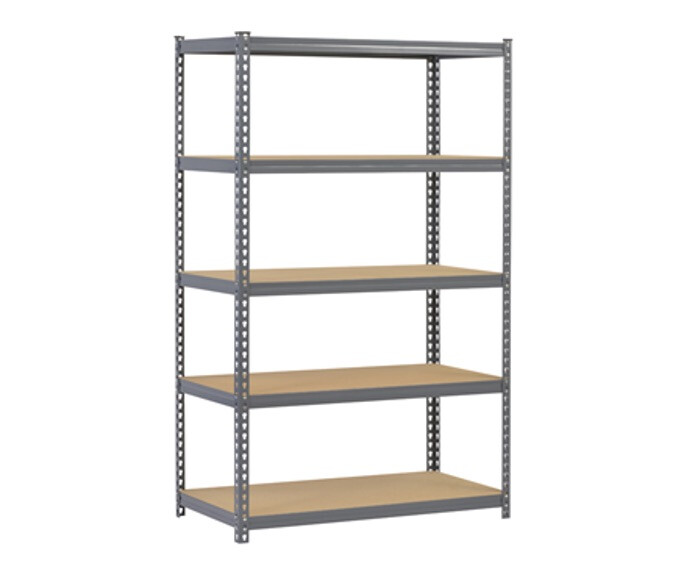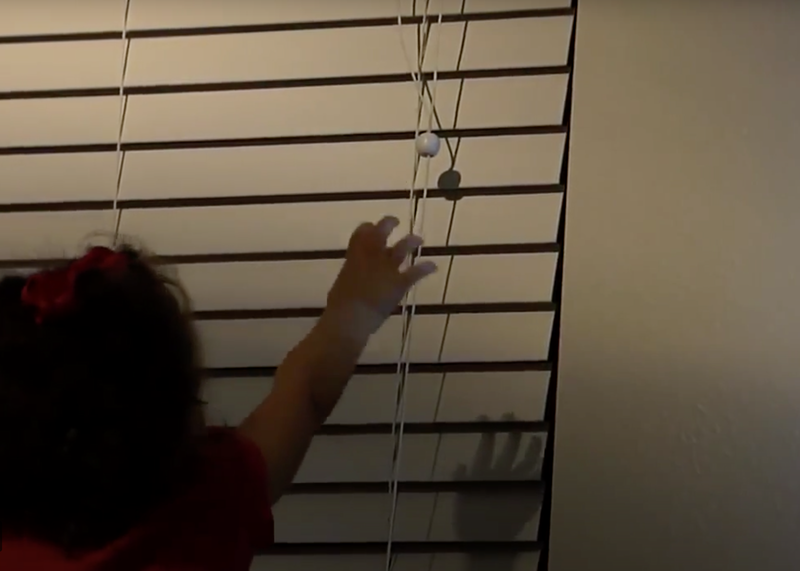Home Hacks: Common Household Items You Can Use Instead of Buying a New Tool

Need to pound in a loose nail but don't have a hammer handy? Maybe you can't find a screwdriver, or you don't own a heat gun. While you can rent tools for your DIY projects, you can also find alternatives. Whatever tool you're missing, you likely have a substitute lying around your house.
This May Also Interest You: Where Can You Rent Tools? And How Much Does It Cost?
Channel your inner MacGyver to get the job done with these household objects that can double as tools in a pinch.
What Are Some Common Household Items You Can Use Instead of Tools?
Several common household objects can double as tools. The trick is finding a substitute that is similar and can perform the same task efficiently without damaging either item. For example, if you need a hammer, any item that’s hard enough to drive the nail without bending or denting will work. Here are some examples of household objects that can double as tools.
Hammer
Hammers are useful for lots of little tasks, not just major home improvement projects. If you need to pound a nail or two into the wall occasionally, you can likely get away without one.
Look for a sturdy object that won't get dented or scratched by the nail. A heavy-duty cast iron pan is a good option. Another alternative is a flat rock from outside. Be careful when using the makeshift hammer that you don't bang it against the wall or other surfaces, which can cause damage.
Screwdriver
The type of screwdriver you need to replace will help you determine which alternative to use. For a flathead screwdriver, you need something thin and flat yet sturdy enough to turn the screw. Examples include a butter knife, a credit card, a metal nail file or tweezers. For a Phillips head screwdriver, you may be able to use a pocketknife as a makeshift screwdriver.
It can be difficult to get the right torque and keep your “tool” on the screw — but the same thing can happen with a real screwdriver. Stay patient and try other screwdriver alternatives if your first choice doesn't work.
Pliers
Pliers come in handy when you need to grip something tight and move it in some way. If you don't own pliers or can't find yours, try a pair of sturdy kitchen tongs as a replacement. Pinch the tongs around the object as tight as possible to do the work. If you're working with a small object, metal tweezers can be easier to use because they're closer in scale. For larger objects that just need a little extra grip, using a jar-opening pad with your hands might be enough.
Wrench
For a makeshift wrench, grab two of the largest coins you have on hand. Hold them on opposite sides of the nut, using your index and middle finger knuckles to grip and pinch them against the nut. Twist to tighten or loosen the nut. You can also use a zip tie, which you need to tighten around the nut as much as possible. Use the excess length of zip tie to pull the nut in the correct direction.
More Related Articles:
- What Are the Different Types of Screwdrivers and Their Uses?
- What Is Screwdriver ‘Cam Out’ and How Can I Avoid It?
- Splash Course: How to Use a Power Washer
- Allen a Day’s Work: The Do’s and Don’ts of Assembling IKEA Furniture
- Tale of the Tape: How to Use Painter’s Tape
Funnel
Some home maintenance projects require a funnel to pour liquids or granules into different containers, such as putting oil in a leaf blower. If you don't have a funnel set in your garage, grab an old milk carton or plastic bottle to make one. Cut off the bottom and punch a hole in the lid. The size of the hole affects how fast the material flows through the funnel. You can also cut the handle off a milk jug and use it as a funnel.
Heat Gun
A heat gun can be handy, but it's not something that most people use a lot, so a lot of people don’t have one in their toolbox. But buying one might not be necessary. If you find yourself in need of concentrated heat, you might have an alternative at home.
One option is a hairdryer. This works best if you need lower heat settings because it can't get as hot as a true heat gun. It can heat things like candle wax and labels that you need to remove. A clothes iron can also generate enough heat for lower-heat applications if you turn it to the highest setting and hold the object close to the iron.
A lighter or match can also work if you need just a small area of heat. This comes with the added risk of an open flame, so use this method carefully, being sure to keep the flame away from any flammable objects.
Mallet
This DIY hack requires you to have a hammer first, but it's a good way to use that hammer in multiple ways. Mallets have a softer impact than hammers. If you need a mallet for a specific project, grab your hammer, a heavy-duty kitchen sponge and a rubber band. Moisten the sponge, squeezing out all the excess water. Then, cover the hammer’s head with the sponge and use the rubber band to hold it in place. The sponge cushions the blow and offers an impact similar to a mallet.


